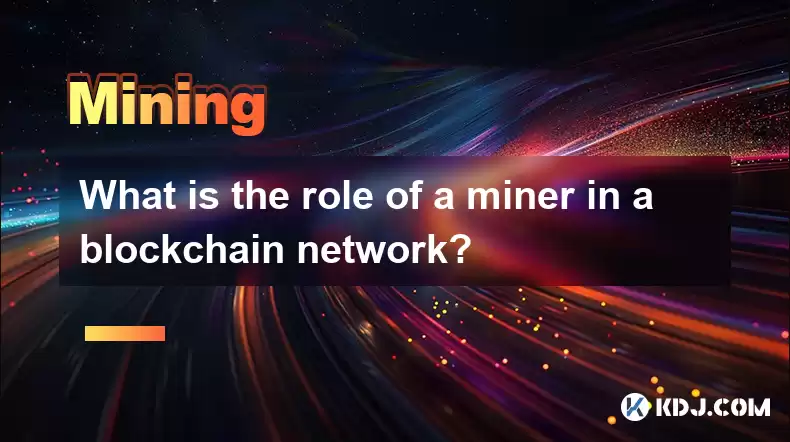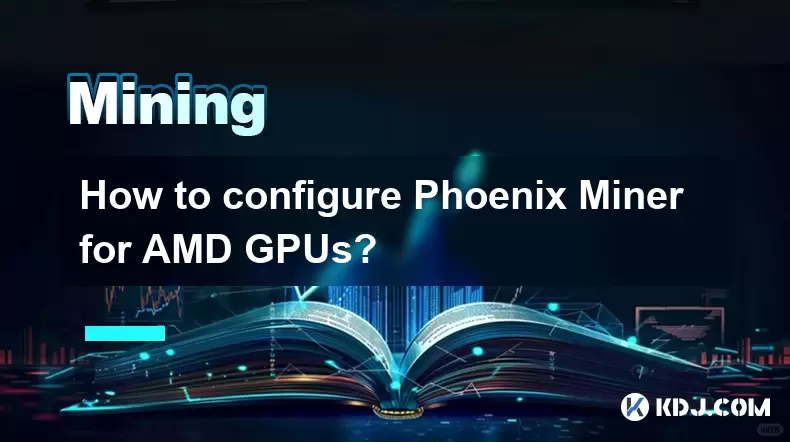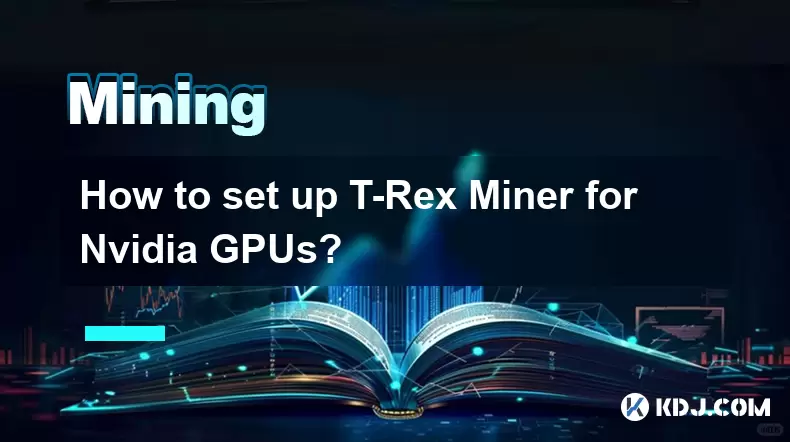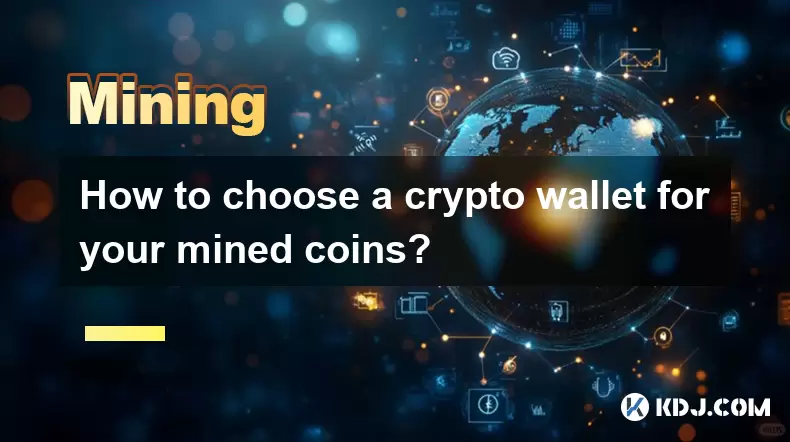-
 Bitcoin
Bitcoin $117600
0.25% -
 Ethereum
Ethereum $4424
0.10% -
 XRP
XRP $3.101
0.50% -
 Tether USDt
Tether USDt $1.001
-0.01% -
 BNB
BNB $836.2
1.26% -
 Solana
Solana $188.8
2.11% -
 USDC
USDC $1.000
0.01% -
 Dogecoin
Dogecoin $0.2301
0.57% -
 TRON
TRON $0.3485
-1.00% -
 Cardano
Cardano $0.9209
-1.34% -
 Hyperliquid
Hyperliquid $46.72
-1.19% -
 Chainlink
Chainlink $22.62
4.84% -
 Stellar
Stellar $0.4275
-0.38% -
 Sui
Sui $3.761
1.91% -
 Bitcoin Cash
Bitcoin Cash $586.7
-0.25% -
 Ethena USDe
Ethena USDe $1.001
0.01% -
 Hedera
Hedera $0.2510
2.06% -
 Avalanche
Avalanche $24.21
2.22% -
 Litecoin
Litecoin $119.7
1.07% -
 Toncoin
Toncoin $3.450
1.06% -
 UNUS SED LEO
UNUS SED LEO $9.411
-0.93% -
 Shiba Inu
Shiba Inu $0.00001298
1.20% -
 Uniswap
Uniswap $10.98
3.25% -
 Polkadot
Polkadot $3.961
2.16% -
 Dai
Dai $1.000
0.00% -
 Bitget Token
Bitget Token $4.642
0.95% -
 Cronos
Cronos $0.1514
0.57% -
 Ethena
Ethena $0.7290
3.78% -
 Monero
Monero $254.1
7.69% -
 Pepe
Pepe $0.00001102
2.47%
What is the role of a miner in a blockchain network?
Miners secure blockchains by solving complex cryptographic puzzles, adding verified transaction blocks and earning cryptocurrency rewards; this process ensures data integrity and network security, though energy consumption is a significant concern.
Mar 25, 2025 at 01:42 pm

Key Points:
- Miners are crucial for securing and validating transactions in a blockchain network.
- They compete to solve complex cryptographic puzzles, adding new blocks of transactions to the chain.
- This process, known as mining, ensures the integrity and immutability of the blockchain.
- Mining requires significant computational power and energy consumption, resulting in rewards for successful miners.
- Different blockchains utilize different consensus mechanisms, influencing the role and rewards of miners.
What is the role of a miner in a blockchain network?
Miners are the backbone of many blockchain networks, acting as the gatekeepers of transaction validation and the architects of the ever-growing blockchain itself. Their primary function revolves around securing the network and ensuring the integrity of the data stored on it. This is achieved through a process known as mining, where powerful computers compete to solve complex mathematical problems.
The process of solving these problems, often involving hashing algorithms, requires significant computational power. The first miner to solve the problem gets to add the next "block" of verified transactions to the blockchain. This block contains a record of all the validated transactions that have occurred within a specific timeframe.
Adding a new block to the blockchain is not simply a matter of adding data. It requires demonstrating proof of work – the solution to the complex cryptographic puzzle. This proof of work is what secures the blockchain, making it incredibly difficult to alter or tamper with past transactions. Any attempt to modify past blocks would require recalculating all subsequent blocks, a computationally infeasible task.
The reward for successfully adding a block to the blockchain typically involves receiving newly minted cryptocurrency. This reward incentivizes miners to continue participating in the network, ensuring its continued operation and security. The amount of cryptocurrency rewarded and the frequency of block additions vary significantly depending on the specific blockchain's protocol.
Different blockchain networks utilize different consensus mechanisms. While Proof-of-Work (PoW), which relies heavily on miners, is the most well-known, others like Proof-of-Stake (PoS) exist. In PoS, validators, rather than miners, are chosen based on the amount of cryptocurrency they hold, reducing the energy consumption associated with PoW.
Miners play a vital role in maintaining the decentralized nature of the blockchain. No single entity controls the process of adding new blocks, preventing any single party from manipulating the blockchain for their own gain. The distributed nature of mining ensures that the network remains resilient to attacks and censorship.
The computational power required for mining is substantial, leading to concerns about energy consumption. This has spurred the development of more energy-efficient consensus mechanisms, like PoS, as well as research into more sustainable mining practices. Despite these concerns, miners remain essential to the security and functionality of many blockchain networks.
The technical aspects of mining:
- Hashing Algorithms: Miners use powerful computers to perform complex hashing calculations on transactions. The goal is to find a hash that meets specific criteria set by the blockchain's protocol.
- Block Creation: Once a miner finds a valid hash, they create a new block containing a batch of verified transactions. This block includes a cryptographic hash of the previous block, linking it to the existing chain.
- Block Propagation: The new block is then broadcast to the network, where other nodes verify its validity. If verified, the block is added to the blockchain by all participating nodes.
- Difficulty Adjustment: The difficulty of solving the cryptographic puzzle is adjusted periodically to maintain a consistent block creation rate, preventing the network from becoming overloaded or too slow.
Beyond the basics:
Mining pools are groups of miners who combine their computing power to increase their chances of successfully mining a block and sharing the rewards. This strategy is particularly advantageous for smaller miners who may lack the resources to compete individually against larger mining operations.
The hardware requirements for mining can be significant, ranging from specialized ASIC (Application-Specific Integrated Circuit) miners to high-end graphics cards (GPUs). The choice of hardware depends on the specific cryptocurrency being mined and the overall computational demands of the network.
Mining farms are large-scale facilities that house numerous mining rigs, optimizing efficiency and reducing operational costs. These facilities often leverage cheap electricity and advanced cooling systems to maximize profitability.
The profitability of mining depends on several factors, including the price of the cryptocurrency, the difficulty of mining, the cost of electricity, and the hash rate of the mining hardware. Fluctuations in these factors can significantly impact the profitability of mining operations.
Frequently Asked Questions:
Q: Is mining profitable?
A: The profitability of mining is highly variable and depends on factors such as the cryptocurrency's price, electricity costs, and the hash rate of your equipment. It's crucial to conduct thorough research and calculations before investing in mining hardware.
Q: What equipment do I need to mine cryptocurrency?
A: The required equipment varies depending on the cryptocurrency. Some cryptocurrencies require specialized ASIC miners, while others can be mined with high-end GPUs. The complexity and cost of the hardware vary greatly.
Q: How much energy does mining consume?
A: Cryptocurrency mining, particularly Proof-of-Work mining, consumes a significant amount of energy. The exact amount varies depending on the hardware used and the specific algorithm. This has led to growing concerns about the environmental impact of cryptocurrency mining.
Q: Is mining legal?
A: The legality of cryptocurrency mining varies depending on the jurisdiction. In most places, it is legal, but regulations around energy consumption and tax implications may apply. Always check local laws and regulations.
Q: Can I mine cryptocurrency on my home computer?
A: You can, but the profitability is often low due to the competition from larger mining operations. Mining with a home computer is generally only worthwhile for learning purposes or mining less popular cryptocurrencies with lower difficulty levels.
Disclaimer:info@kdj.com
The information provided is not trading advice. kdj.com does not assume any responsibility for any investments made based on the information provided in this article. Cryptocurrencies are highly volatile and it is highly recommended that you invest with caution after thorough research!
If you believe that the content used on this website infringes your copyright, please contact us immediately (info@kdj.com) and we will delete it promptly.
- Kazakhstan's Crypto Leap: Bitcoin ETF and Central Asia's Digital Finance Future
- 2025-08-13 12:45:19
- BlockDAG Presale Blazes Past $371M: Fundraising Frenzy Fuels Crypto Sensation
- 2025-08-13 13:05:21
- Meme Coins: Chasing the 2025 Surge – Which Will Moonshot?
- 2025-08-13 10:25:23
- Bitcoin's Wild Ride: Rally, Pullback, and What's Next
- 2025-08-13 10:25:23
- Bitcoin, Bitmax, and Institutional Demand: A New Era of Crypto Investment
- 2025-08-13 10:45:12
- Solana, ROAM, and Airdrops: What's the Buzz in 2025?
- 2025-08-13 11:35:13
Related knowledge

How to configure Phoenix Miner for AMD GPUs?
Aug 11,2025 at 03:21am
Understanding Phoenix Miner and Its Compatibility with AMD GPUsPhoenix Miner is a lightweight, high-performance Ethereum mining software designed for ...

How to set up T-Rex Miner for Nvidia GPUs?
Aug 10,2025 at 12:07am
Understanding T-Rex Miner and Its Compatibility with Nvidia GPUsT-Rex Miner is a high-performance mining software designed specifically for Nvidia GPU...

What is "proof-of-work" and how does it relate to mining?
Aug 07,2025 at 02:03pm
Understanding the Concept of Proof-of-WorkProof-of-work (PoW) is a consensus mechanism used in blockchain networks to validate transactions and secure...

How to choose a crypto wallet for your mined coins?
Aug 13,2025 at 11:36am
Understanding the Types of Crypto Wallets for Mined CoinsWhen selecting a crypto wallet for your mined coins, the first step is to understand the diff...

What are the differences between mining on Windows vs. Linux?
Aug 06,2025 at 11:29pm
Overview of Cryptocurrency Mining PlatformsCryptocurrency mining involves using computational power to solve complex cryptographic puzzles and validat...

How to use an old computer for cryptocurrency mining?
Aug 07,2025 at 12:42pm
Understanding the Feasibility of Using an Old Computer for MiningUsing an old computer for cryptocurrency mining may seem outdated, but it is still te...

How to configure Phoenix Miner for AMD GPUs?
Aug 11,2025 at 03:21am
Understanding Phoenix Miner and Its Compatibility with AMD GPUsPhoenix Miner is a lightweight, high-performance Ethereum mining software designed for ...

How to set up T-Rex Miner for Nvidia GPUs?
Aug 10,2025 at 12:07am
Understanding T-Rex Miner and Its Compatibility with Nvidia GPUsT-Rex Miner is a high-performance mining software designed specifically for Nvidia GPU...

What is "proof-of-work" and how does it relate to mining?
Aug 07,2025 at 02:03pm
Understanding the Concept of Proof-of-WorkProof-of-work (PoW) is a consensus mechanism used in blockchain networks to validate transactions and secure...

How to choose a crypto wallet for your mined coins?
Aug 13,2025 at 11:36am
Understanding the Types of Crypto Wallets for Mined CoinsWhen selecting a crypto wallet for your mined coins, the first step is to understand the diff...

What are the differences between mining on Windows vs. Linux?
Aug 06,2025 at 11:29pm
Overview of Cryptocurrency Mining PlatformsCryptocurrency mining involves using computational power to solve complex cryptographic puzzles and validat...

How to use an old computer for cryptocurrency mining?
Aug 07,2025 at 12:42pm
Understanding the Feasibility of Using an Old Computer for MiningUsing an old computer for cryptocurrency mining may seem outdated, but it is still te...
See all articles

























































































